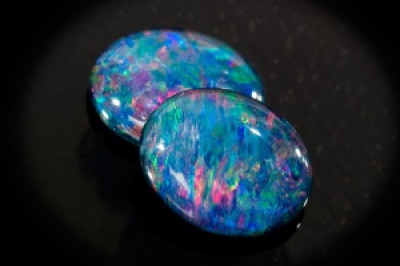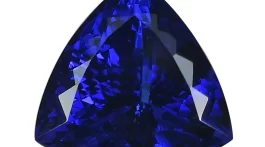Gemstones have the ability to transport us to far away and exotic places. Just a glance at bounder opal takes you ‘down under’ to mysterious Australian and the legendary opal belt between New South Wales and northwest Queensland. Opal, as a family of gemstones, has a tremendous variety of types and colors, with looks and properties that are very specific and unique to their geographical locations.
Boulder opals account for only about 2% of the annual production of Australian opals, making it the second most valuable type of opal (following Black Opal). It forms in thin veins embedded in a dark ironstone host rock. Because this thin vein formation makes it difficult to cut traditional domed cabochons, boulder opal is usually cut in unique free form flat cabochons, with a bit of the ironstone matrix often left on gem quality pieces. Boulder opal’s rich dark body color, signature brilliance, play of color, and rarity make it a very desirable gemstone.
Opal is the birthstone October and the stone for the 13th anniversary. Most opal is 50-65 million years old, dating back to the Cretaceous period when dinosaurs roamed the earth. Opal formed as silica from decomposing rocks mixed with ground water which formed a silica gel that collected and hardened in underground cavities and fissures. Opal is 6.5 on the Mohs Hardness Scale.










No Comment